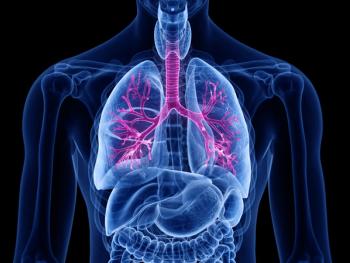
Women at increased risk for opioid-related death
Opioid overdose deaths in women in the United States increased fivefold from 1999 to 2010. During the same time period, the risk of opioid pain reliever deaths in men increased 3.6 times, according to the July 2 Morbidity and Mortality Weekly Report.
Opioid overdose deaths in women in the United States increased fivefold from 1999 to 2010. During the same time period, the risk of opioid pain reliever (OPR) deaths in men increased 3.6 times, according to the July 2 Morbidity and Mortality Weekly Report.
In 2010, more than 15,000 women died from drug overdoses, a rate of 9.8 per 100,000 population. Of these women who died, 9,292 (85%) had taken one or more prescription drugs, and 6,631 (71.3%) had taken an OPR. In 1999, 5,591 women died following a drug overdose, and 1,287 had taken an OPR.
“The percentage increase in number of OPR overdose deaths was 415% for women and 265% for men. The rate for OPR deaths (4.2 per 100,000 population) was four times the rate for cocaine and heroin deaths combined,” Karin A. Mack, PhD, and colleagues noted in the report.
However, men still had a higher drug overdose death rate than women, at a rate 1.55 times that of women, with 23,006 drug overdoses and 10,020 OPR overdose deaths in 2010, the report stated.
From 2004-2010, emergency room visit rates and death rates associated with OPR climbed significantly for women. The emergency room visit rates doubled and the death rates increased 70% among women who had taken an OPR. Deaths and emergency room visits associated with cocaine among women declined during this time period.
The researchers noted that women aged 25 to 34 years had the highest rate of emergency room visits for drug overdoses in 2010.
“Abuse of OPR is a particular problem for women of childbearing age. Given the risk for neonatal abstinence syndrome as a result of OPR abuse during pregnancy, and the potential effects of OPR on an embryo during the first trimester, healthcare providers should include discussions of pregnancy plans within the context of treatment and monitoring of patients taking OPR for medical or nonmedical reasons,” Mack and colleagues said.
They also recommended that state prescription drug monitoring programs be checked before long-term prescribing of controlled substances.
“Overdose deaths and ED visits related to prescription drugs, especially OPR, continue to be unacceptably high, and targeted efforts are needed to reduce the number of deaths in this epidemic,” they concluded.
To get weekly news from the voice of the pharmacist,
Newsletter
Pharmacy practice is always changing. Stay ahead of the curve with the Drug Topics newsletter and get the latest drug information, industry trends, and patient care tips.













































































































































































































